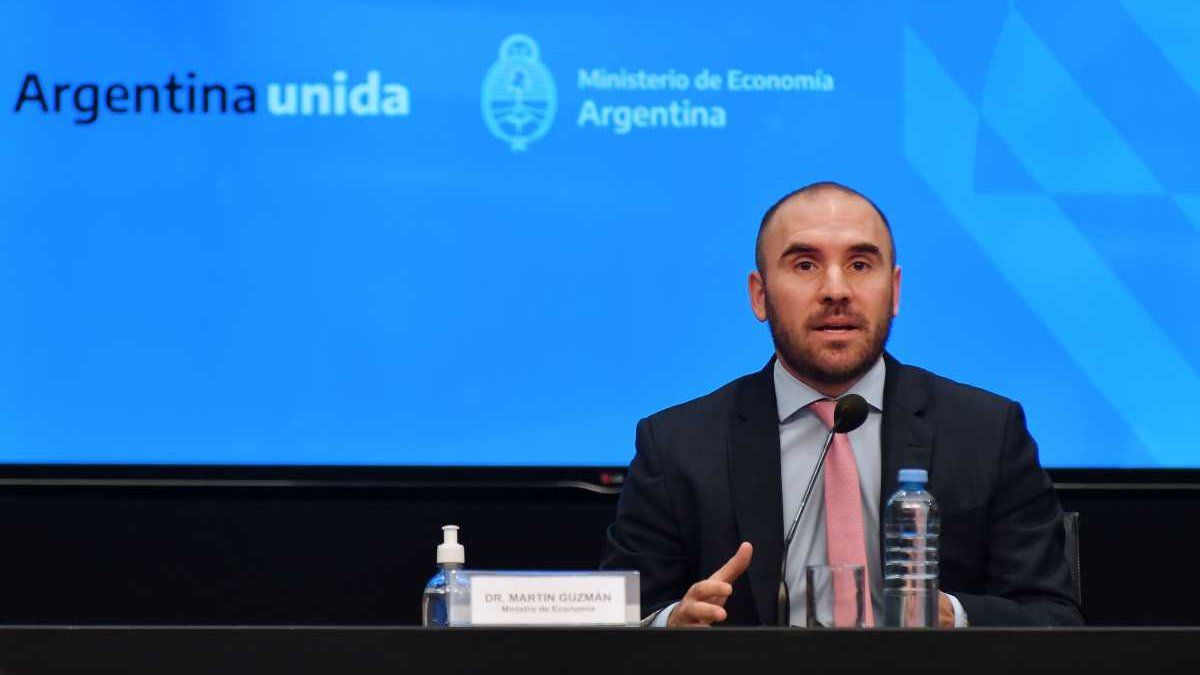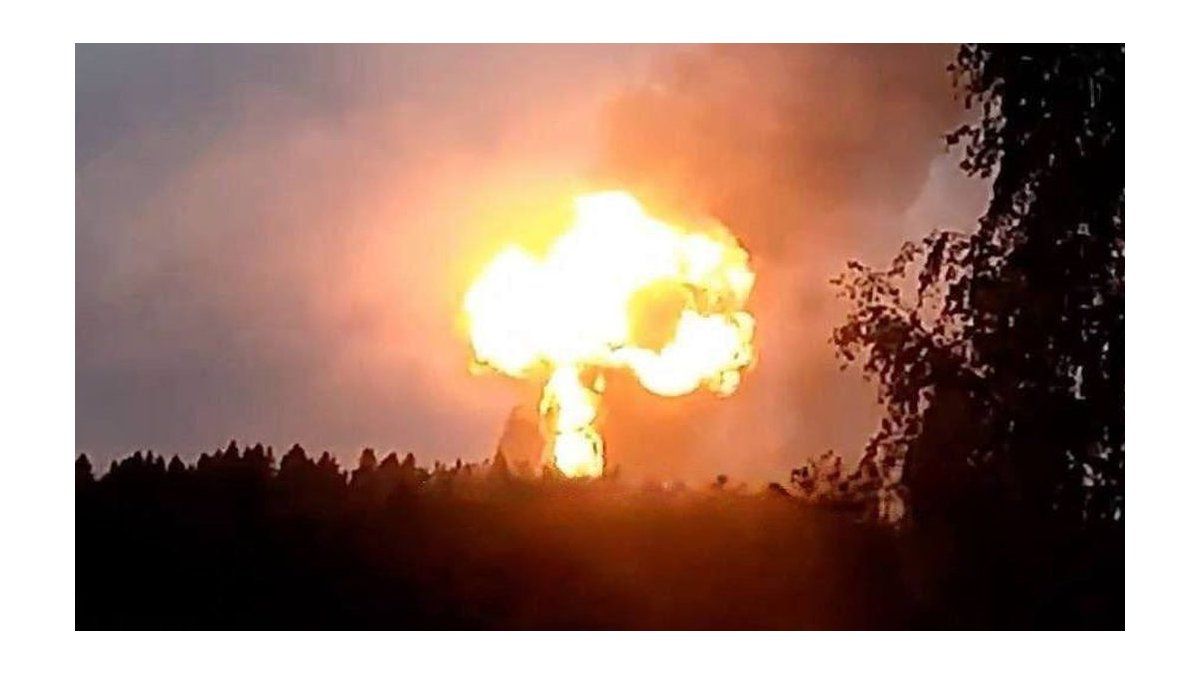Although the goals for the evolution of the activity foreseen by the government for this year are in full review, the Ministry of Economy together with the IMF project an increase of between 3.5% and 4.5% for 2022 while from By 2023, activity would grow between 1.7% and 2.2% annually, which could be considered a “landing” towards low growth.
A report by CEPEC to which this media had access indicates that, once the agreement was closed, it will be necessary to focus on the challenges that will arise and that Argentina will have to face in order to adjust the accounts and meet the goals.
In the first place, one of the points to analyze has to do with the evolution of the international reserves of the Central Bank. According to the organization led by economist Leo Anzalone, the government could more than cover the reserve growth targets of US$5 billion planned for this year, just from the refunds that the IMF will make of what was paid. for Argentina so far.
However, despite the export record, the BCRA ended 2021 without being able to accumulate reserves. In this sense, they point out that the accumulation of international reserves will be “essential to be able to pay for imports necessary to continue sustaining the recovery, especially of industry and its demand for imports”, with which if the Government’s objective is to grow, they must allocate foreign currency to this end. Hence, the IMF presses to reduce the country’s growth rate, in order to protect foreign exchange for the payment of future debt.
CEPEC reservations.jpg
But alsofrom the CEPEC point out that achieving an increase in the level of reserves should also have the purpose of strengthening the position of the BCRA in the foreign exchange market to “above all, avoid devaluation expectations that impact, in the short term, on the exchange rate gap”.
In order to achieve both objectives, that is, have foreign currency for imports and at the same time strengthen the position of the Central Bank CEPEC’s economic team proposes paying special attention to two aspects related to the outflow of dollars. “Within the foreign exchange account, it can be seen that although the item “goods” had a surplus of over US$15,000 million, “services” lost almost US$4,500 million, where a strong growth of imports, a situation that must be closely followed so that there are dollars for growth. Travel and other card payments, a sector from where the Government tried to stop the hemorrhage of dollars, registered during 2021, an outflow of dollars for US$2.1 billion. This is only a third of the 2016-2019 average, so prompt attention should be paid”, they point out.
Another aspect has to do with the inflation. In 2021, the Consumer Price Index measured by Indec closed at 50.9%, the second highest figure in 30 years.
On the one hand, the report maintains that the Central Bank recently reduced the monetary base by 10% in real terms, while the Ministry of Economy, through different adjustment and growth policies, managed to reduce the fiscal deficit by half. .
annual inflation CEPEC.jpg
That is why they point out that “inflation above 50% cannot be explained” beyond pointing out that “the impact of international prices on the domestic economy is obvious.” At the same time, they warn that it is “imperative to do something with those sectors that have been having extraordinary returns, with price increases above inflation.”
Following this line, they advance that “there are few arguments to suppose a strong decrease (in inflation) this year”, demolishing the figures proposed by the Executive Power in the failed 2022 Budget, which proposed a decrease to 33%, that is to say about 18 points.
In the last point they look at wages. Within the sector of registered workers, the average increase reached 56.5% due to a rise of 55.3% in the private sector and 58.6% in the public sector, with which said spectrum managed to beat the inflation of 2021 that culminated in 50.9%. However, unregistered workers showed a salary evolution of 40.6%, a loss of more than 10 points.
Regarding the first group, the report highlights that there was “an interesting recovery in private wages, from the reopening of joint ventures in the middle of the year”, but they ask for “active policies” to solve the notorious drop in income of the second.
salaries vs inflation CEPEC.jpg
“Inflation and wages go hand in hand. The economic recovery shown in 2021 cannot be sustained without wages rising above prices. This happened with the average salary for work, but the unregistered sector, the most vulnerable in society, lost purchasing power considerably”, they point out and add that improving the salary conditions of the lowest deciles should not only be motivated “by an economic issue, but also by a political issue”.
For this reason, they focus on advancing with tools that allow inflation to be controlled, considering it a “fundamental” task since “beyond how damaging it is in the medium and long term for the economy, on a day-to-day basis it fully impacts in those who have less”.
“Slowing down its speed should be the predominant objective this year, understanding that multicausality cannot be just a statement and coordination and communication are decisive to go towards that objective. Less inflation is better wages and a stronger peso. Altogether that is a better economy”, they conclude.
Source: Ambito
David William is a talented author who has made a name for himself in the world of writing. He is a professional author who writes on a wide range of topics, from general interest to opinion news. David is currently working as a writer at 24 hours worlds where he brings his unique perspective and in-depth research to his articles, making them both informative and engaging.




